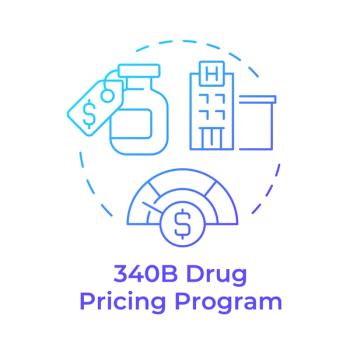
Four New Ways Approach Opioid Use Disorders
A new study has eye-opening findings on the use of buprenorphine induction in an opioid-dependent population with commercial benefit coverage
With
The retrospective study looked at all medical claims for medical and behavioral healthcare, as well as pharmacy prescriptions, to identify the utilization and costs for treatment of 648 customers with an opioid use disorder diagnosis. Researchers reviewed their claims for both utilization and total costs for a four-month period prior to receiving their diagnosis for an opioid use disorder, and then for four months after their diagnosis.
Nemecek
“We compared outcomes for those customers who were treated with buprenorphine vs. those who were not,” says study coauthor Doug Nemecek, MD, chief medical officer for Cigna’s behavioral health business. “This study demonstrates that with induction and maintenance treatment with buprenorphine for opioid use disorders, patients have both improved clinical outcomes and lower total medical costs.
“These customers required fewer inpatient hospitalizations after starting treatment with buprenorphine, with an 82% reduction in inpatient hospital utilization being observed,” Nemecek adds. “We also observed that none of the customers treated by induction and maintenance with buprenorphine required further detoxification treatment during the four months period post-treatment. We observed increased outpatient behavioral health visits, and increased prescriptions being filled when the customers were treated with buprenorphine, which is a positive outcome.”
The total costs of care for these customers, when looking at behavioral health, pharmacy, and medical spend, was significantly decreased for the customers treated with buprenorphine compared to customers who did not receive buprenorphine, according to the study. When treated with buprenorphine, total medical costs decreased by 50% after the customers began treatment.
“This supports that we should be increasing access and availability of buprenorphine management and medication-assisted treatment for patients with opioid use disorders,” Nemecek says. “While pharmacy costs alone, or behavioral health outpatient treatment costs may increase, the savings in inpatient costs and decreased medical costs lead to improved costs for payers and those funding health insurance such as employers.”
Medication-assisted treatment with buprenorphine for opioid use disorders is one of the evidence-based therapies that Cigna is promoting to improve care, according to Nemecek “We did this study to see if the use of buprenorphine in our commercial population led to improvements in quality as well as improvements in total cost of care,” he says.
Based on the study, Nemecek offers four tips for healthcare executives:
- Focus on improving access to and availability of medication-assisted treatment for opioid use disorders.
- When looking at the cost effectiveness of treatments, it is important to look at the total medical cost picture, to understand the holistic costs of medical, behavioral, and pharmacy treatment, to understand the value of the treatment.
- Educate consumers and patients about the benefits of medication-assisted treatment so that more will seek it out, and so more providers begin to offer medication-assisted treatment for their patients with opioid use disorders.
- Treat opioid use disorders, and all addiction, as the chronic illness that they are. “Changing the conversation will help to decrease the stigma associated with opioid use disorders, and help more people seek and gain treatment that they need,” Nemecek says.
Newsletter
Get the latest industry news, event updates, and more from Managed healthcare Executive.


















































